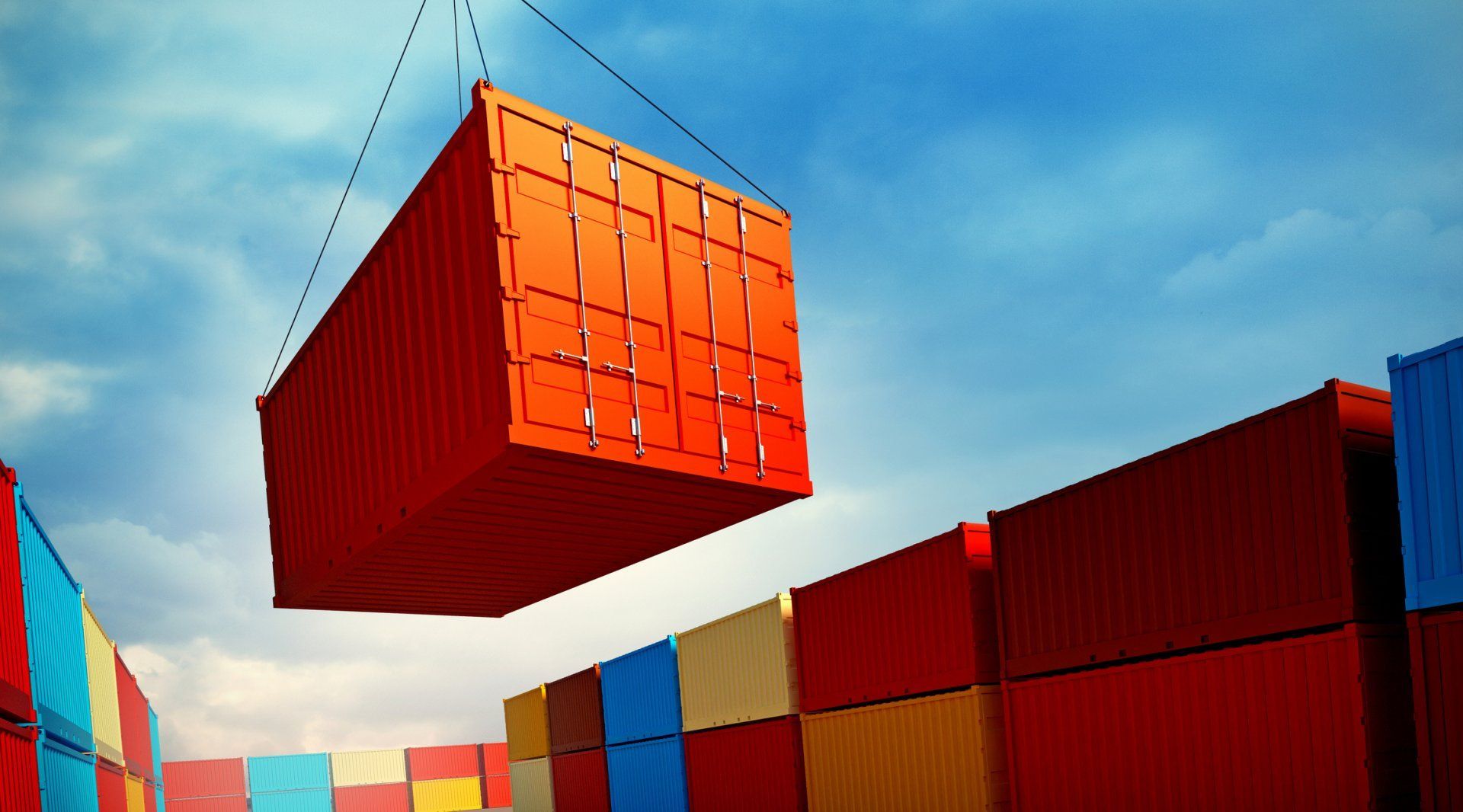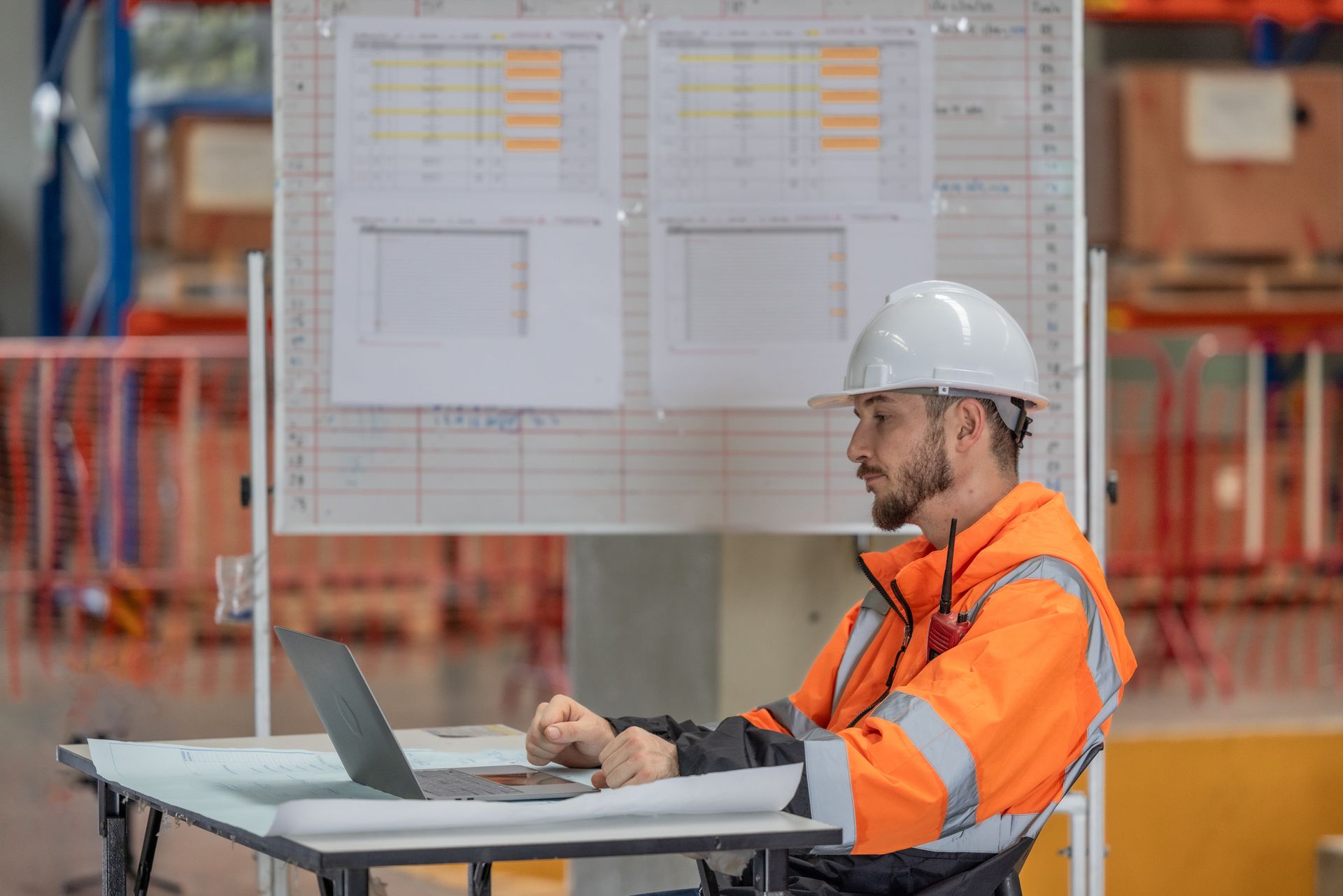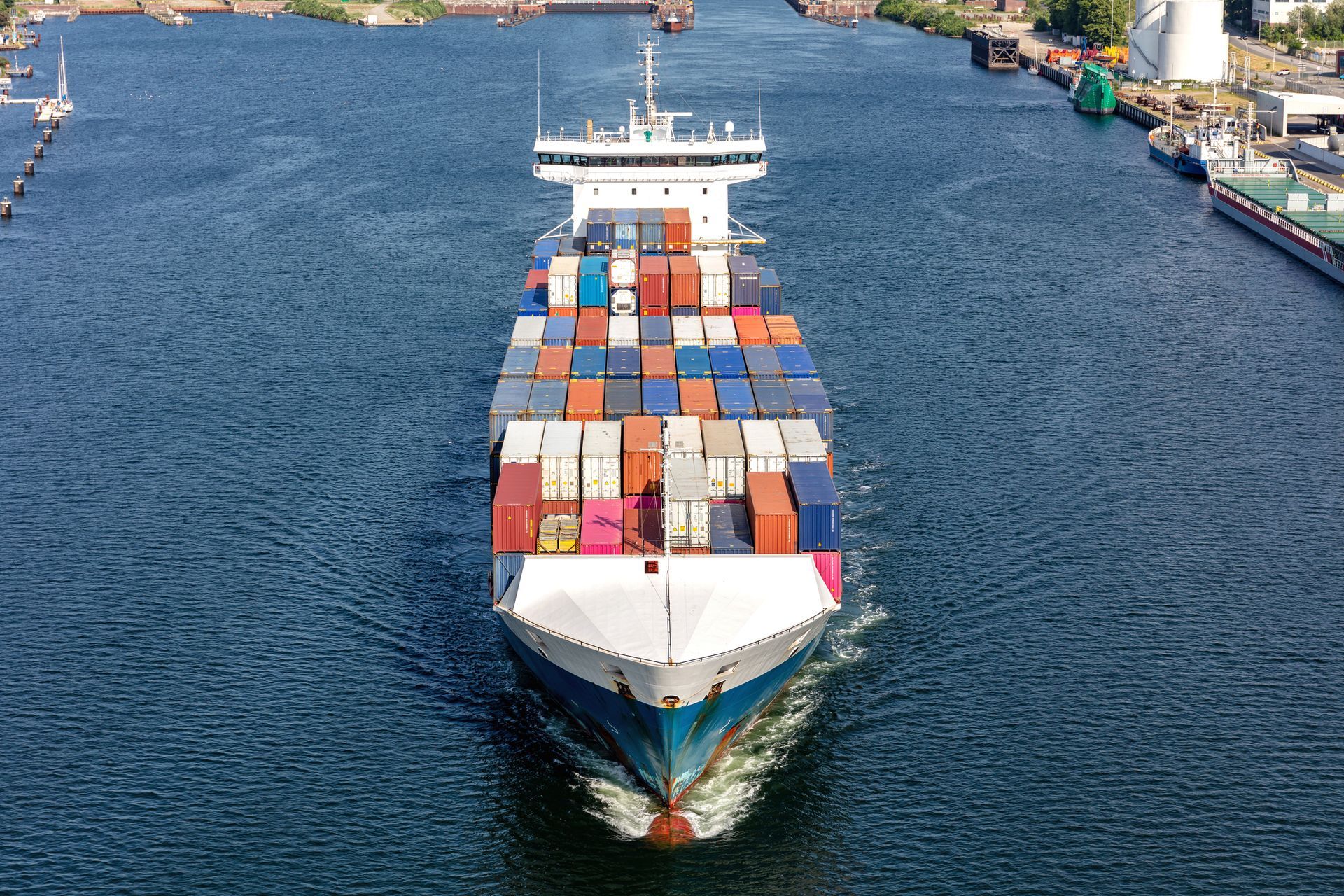
Are you looking for the ideal container for your sea shipments?
Choosing the right model is a crucial decision to ensure that your cargo is transported safely and efficiently by sea. With the wide range of options available, it’s important to consider the type of goods, quantity, destination, and other factors that may directly impact your choice.
In this article, we will explore the main types of containers and provide tips on how to identify the best option for your maritime transportation needs.
What are the Main Types of Containers Available for Maritime Transport?
When choosing a type of container for maritime transport, it is essential to understand the different options available. Each model meets specific cargo needs, varying in size, structure, and capacity to support different types of goods.
Dry or Standard
The Dry (or Standard) container is the most common and widely used model in maritime transport. It is completely closed and sealed, suitable for transporting dry goods that do not require temperature control.
Typically, it has dimensions of 20 or 40 feet and is used for products that can be stored in boxes, pallets, or other conventional packaging, such as furniture, automotive parts, clothing, and non-perishable food. The Standard container option is the default choice for many companies due to its versatility and practicality.
High Cube or HC
The High Cube (HC) container is similar to the Dry but has extra height, providing greater vertical storage capacity.
Commonly found in 40-foot sizes, the HC is ideal for bulky and lightweight loads that need more height, such as large machinery and equipment, or that need to be stacked. This model is especially useful for larger loads that do not fit in standard containers.
Reefer or RF
The Reefer (RF) container is refrigerated and designed to transport delicate products that require temperature control, such as food, pharmaceuticals, and sensitive chemicals. Its structure features a cooling system that maintains the cargo at the desired temperature throughout the journey.
Open Top
With its open top covered by a removable tarp, the Open Top container is ideal for tall goods or those that need to be loaded from above. It is frequently used to transport heavy machinery and equipment, facilitating the loading and lifting of cargo. Its versatility makes it a popular choice for logistics operations that require easy access to the top of the container.
Flat Rack
The Flat Rack option is a container that has no sides or roof, consisting mainly of the floor and two end panels.
It is used for transporting extremely large or heavy cargo, such as vehicles, metal structures, or industrial machinery, that would not fit in a conventional container. Its simplified and adaptable structure makes it ideal for transporting heavy and bulky cargo, providing flexibility and security during transport.
Criteria for Choosing the Ideal Container
Choosing the right container for maritime transport involves much more than just the type of cargo. A number of factors must be considered to ensure that the goods are transported safely and efficiently.
Identify the Type of Goods Being Transported
The type of goods you are shipping directly influences the choice of container. It’s crucial to determine if the cargo has special requirements, such as temperature control, insulation, or ventilation.
Perishable products or those requiring temperature control need refrigerated containers, while bulky loads may require a High Cube or an Open Top. Evaluating these details will help choose the most appropriate container type to ensure the integrity of the cargo during transport.
Understand if You Will Need LCL or FCL
The first step in choosing the type of container is to determine whether you will need a full container load (FCL) or a less-than-container load (LCL). It’s essential to measure the total weight and volume of the cargo to be transported.
If the quantity of goods is small and does not fill an entire container, the more economical option may be shipping by LCL, where the cargo is consolidated with other shipments in a single container.
On the other hand, if the cargo is large enough to fill a complete container or if there is a need for exclusivity and additional security, FCL is the ideal choice. Therefore, understanding your shipment needs and choosing between LCL and FCL is crucial for ensuring an efficient and economical logistics operation.
Be Sure to Measure Your Cargo Accurately
Accurately measuring the dimensions of the cargo is essential to ensure it will fit in the selected container.
Do not wait until the container arrives to perform this measurement to avoid headaches during loading, which can generate additional costs and delays. In addition to considering weight and volume, it’s important to check the height and width of the goods, especially for loads that require containers with special characteristics, such as High Cube or Flat Rack.
Confirm How Container Loading Will Occur
Loading is the process of filling the container and must be planned carefully. Ensure that your cargo will be properly distributed inside the container so that the weight is balanced and the goods do not sustain damage during transport.
For large loads, it may be necessary to use cranes, so it is a mistake not to verify in advance how the loading process will be handled. Imagine your export is a machine, and your factory needs the cargo to be lifted to enter the equipment. If you request standard equipment with a fixed ceiling, how will the factory perform the loading?
Consider the Size Variation of the Container – 20” and 40”
TEU (Twenty Feet Equivalent Unit) refers to a unit equivalent to twenty feet, which is a maritime container with internal dimensions of approximately 20 feet in length, 8 feet in width, and 8 feet in height. They can carry between 9 and 11 pallets, depending on whether the pallets are standard or EURO pallets. Two TEUs have the capacity of a single FEU.
FEU (Forty Feet Equivalent Unit) refers to a unit equivalent to 40 feet, which is a maritime container with internal dimensions of approximately 40 feet in length, 8 feet in width, and 8 feet in height. It can carry between 20 and 24 pallets, depending on whether they are standard or EURO pallets.
By considering these criteria and making informed decisions, you will be better prepared to choose the ideal container and ensure the success of your maritime transport operations.
Conclusion
Choosing the ideal container for maritime transport is a process that requires a detailed analysis of various factors, such as the type of goods, volume, refrigeration needs, and more.
By understanding the specifics of each container model and following the correct criteria, it is possible to ensure an efficient and safe operation, protecting your cargo and optimizing costs.
Now that you are equipped with this knowledge, you are ready to embark on a smooth journey in maritime transport. Download our
LCL Guide and learn everything about this international transport modality.
Continue a navegar no blog da Allink

Mantenha-se informado sobre o comércio exterior
Assine nossa newsletter e receba atualizações semanais de forma gratuita sobre o mundo da logística.




